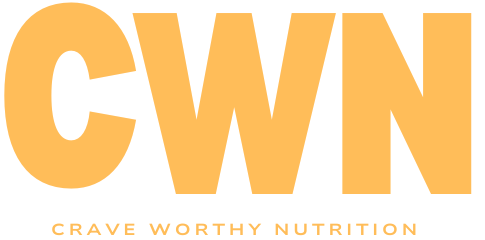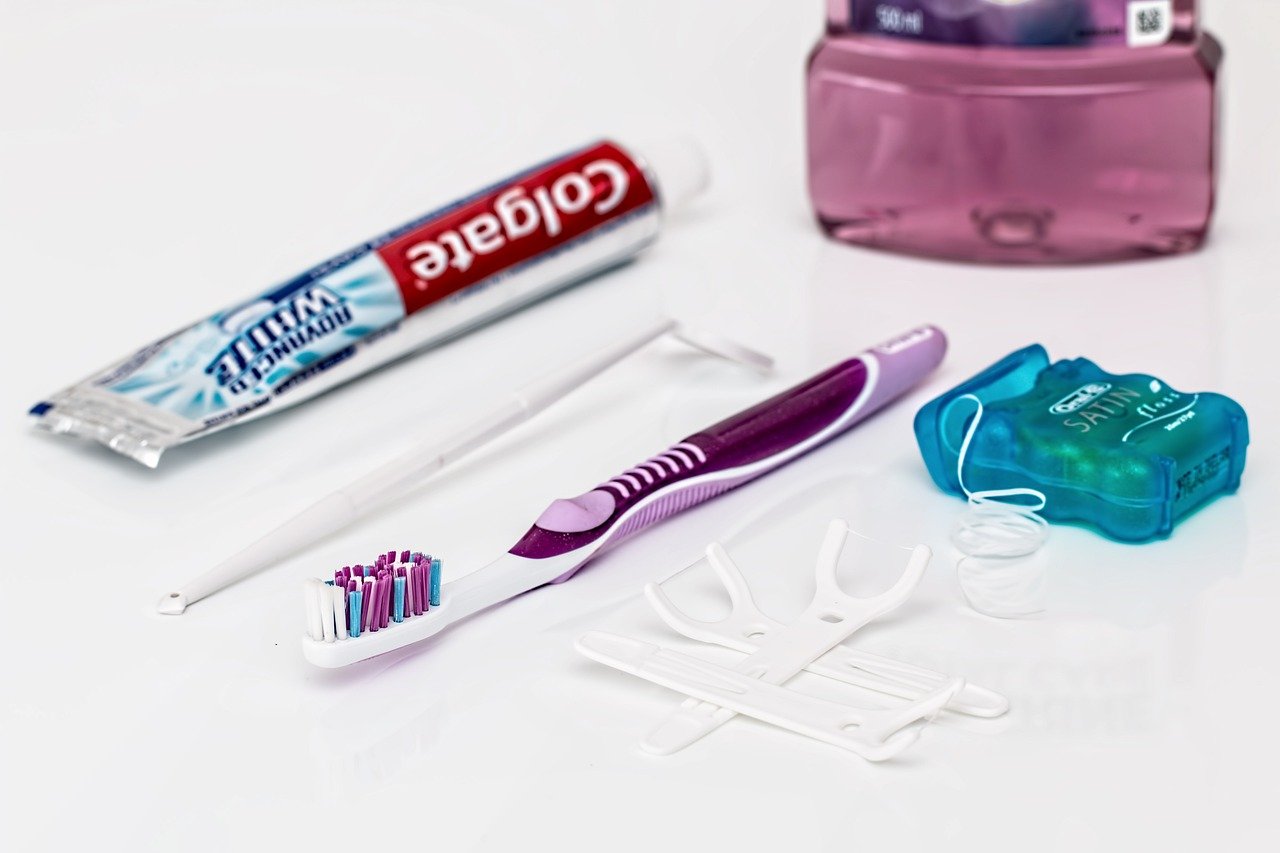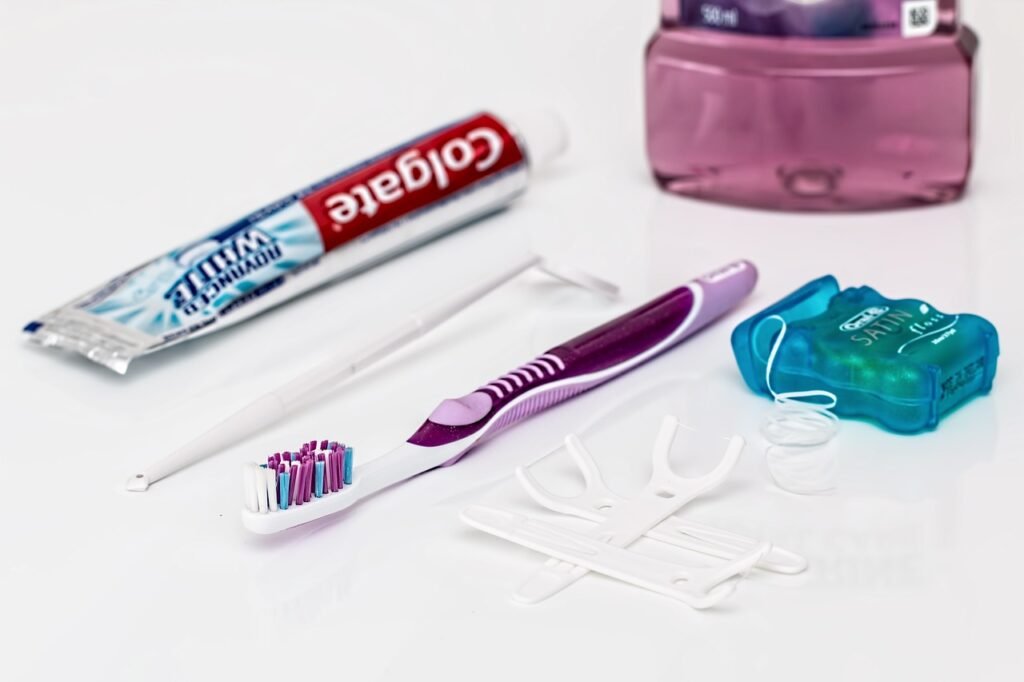
Deciding whether to Floss Before or After Brushing is a common dilemma faced by many striving for optimal oral hygiene.
Flossing and brushing are pivotal practices in maintaining good oral health, yet conflicting advice from dental professionals on the sequence—flossing before or after brushing—adds confusion.
This blog post aims to clarify the benefits and drawbacks of each approach, allowing you to make an informed decision that enhances your oral health routine for the best outcomes.
Understanding the Importance of Flossing
Flossing is important for hygiene.
It involves using a thin thread-like material, known as dental floss, to remove plaque and food.
While brushing your teeth can effectively clean the surfaces of your teeth, it cannot reach those tight spaces where flossing is necessary.
So why is flossing so important? Well, let’s dive into the reasons why it should be an integral part of your oral care routine.
Prevent Gum Disease
Firstly, flossing helps prevent gum disease.
When you don’t remove plaque and bacteria from between your teeth, it can lead to inflammation of the gums, known as gingivitis.
By flossing regularly, you can effectively remove the plaque buildup and reduce your risk of gum disease.
Fresher Breath
Secondly, flossing promotes fresher breath.
Bad breath, also known as halitosis, can be caused by the buildup of food particles and bacteria in between your teeth.
Brushing alone may not be sufficient to remove all of these particles, but flossing can reach those difficult-to-reach areas and ensure a thorough cleaning.
By flossing, you can eliminate the sources of bad breath and enjoy a fresher mouth.
Prevent Cavities
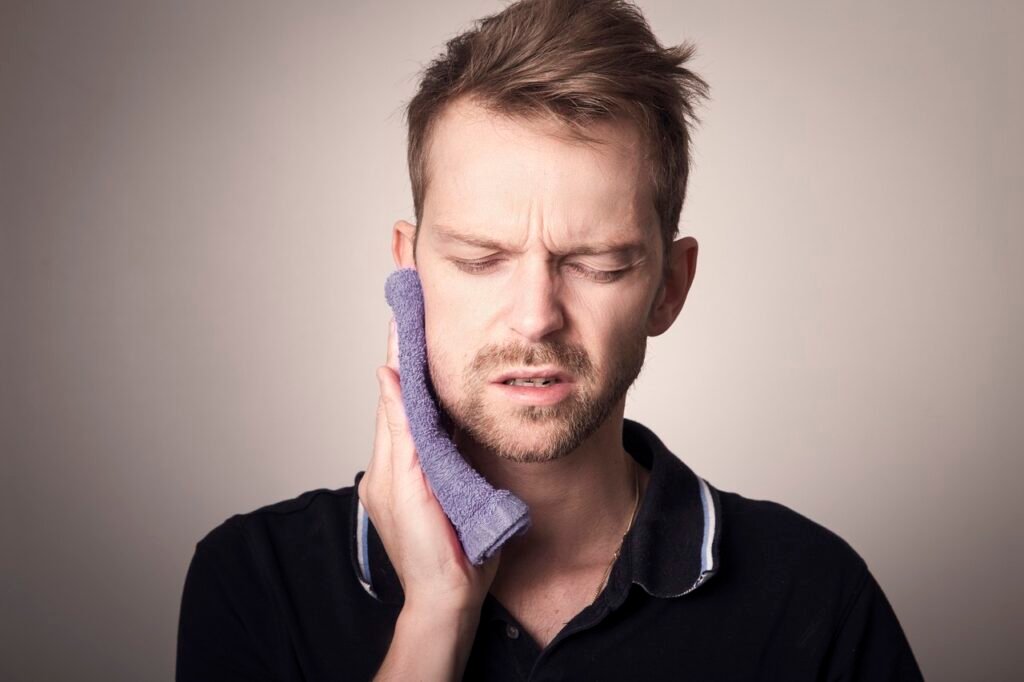
Thirdly, flossing can help prevent cavities.
When food particles are stuck between your teeth, they can contribute to the formation of cavities.
Brushing alone cannot effectively dislodge these particles, but flossing can.
By removing the food debris from between your teeth, you can reduce the risk of developing cavities and maintain a healthier smile.
Optimal Oral Health
Overall, understanding the importance of flossing is vital for maintaining optimal oral health.
It not only helps prevent gum disease, but it also promotes fresh breath and cavity prevention. Incorporating flossing into your daily routine, alongside brushing, is key to achieving a healthy and beautiful smile.
In the next section, we will dive into the big debate of whether you should floss before or after brushing. Stay tuned!
The Big Debate: Should You Floss Before or After Brushing?
Flossing and brushing are both essential steps in maintaining a healthy smile, but the question of whether to floss before or after brushing has sparked a heated debate among dental professionals.
Some argue that flossing before brushing allows for a more thorough cleaning, while others believe that flossing after brushing is the way to go. So, what’s the best approach?
Flossing Before Brushing
Those in favor of flossing before brushing argue that it allows for a better removal of plaque and food particles from between the teeth.
By flossing first, you can dislodge debris that may otherwise be spread around your mouth during brushing.
This can lead to a more effective clean and prevent the risk of any leftover debris causing cavities or gum disease.
Flossing After Brushing
On the other hand, proponents of flossing after brushing claim that it can help enhance the benefits of toothpaste.
By removing plaque and food particles after brushing, you allow the toothpaste to penetrate the spaces between your teeth more effectively.
Additionally, flossing after brushing gives you a chance to remove any leftover particles that may have been missed during brushing, ensuring a more thorough clean.
Ultimately, the choice between flossing before or after brushing may come down to personal Choice.
It’s important to note that the most crucial factor is consistency – regardless of the order, regularly flossing and brushing is key to maintaining good oral health.
To determine the best approach for you, consider factors such as the type of dental floss you use, any specific oral health concerns you may have, and your own comfort level.
If you find that flossing before brushing leaves you feeling more refreshed and clean, stick with that routine. Alternatively, if flossing after brushing makes your teeth feel more polished, then go with that.
Ultimately, the goal is to find a routine that you can stick to consistently.
As long as you’re flossing and brushing regularly, you’re on the right track to a healthy smile. The order may not matter as much as the dedication to oral hygiene.
So, whether you floss before or after brushing, the most important thing is to keep up with both practices for optimal oral health.
Pros and Cons of Flossing Before Brushing
Flossing before brushing has its own set of pros and cons that you should consider when deciding on your oral care routine.
Let’s take a look at the advantages and disadvantages of flossing before brushing to help you make an informed decision.
Advantages
Thorough Cleaning
One of the main advantages of flossing before brushing is that it allows for a more thorough clean.
By removing plaque and food particles from between your teeth first, you are clearing the way for your toothbrush to reach the surfaces of your teeth more effectively.
This can lead to a more comprehensive cleaning experience and help prevent the buildup of plaque, which can cause gum disease and cavities.
Dislodge Debris
Another benefit of flossing before brushing is that it helps dislodge debris that may otherwise be spread around your mouth during brushing.
By removing the particles between your teeth first, you reduce the risk of any leftover debris causing cavities or gum disease.
This can contribute to a healthier mouth and a reduced need for dental interventions down the line.
Disadvantages
On the other hand, there are a few drawbacks to flossing before brushing.
Time-Consuming

One of the main challenges is that it can be time-consuming. Flossing requires proper technique and concentration, and doing it before brushing may extend your oral care routine.
If you’re someone who prefers a quicker routine, flossing after brushing may be a better option for you.
Unfinished Feeling
Another drawback of flossing before brushing is that it can leave your mouth feeling a bit “unfinished.”
When you floss first, you may experience a residual film or taste in your mouth, which can be slightly uncomfortable.
This can be mitigated by rinsing your mouth thoroughly with water or mouthwash after flossing, but it’s important to consider how this sensation affects your overall oral care experience.
Pros and Cons of Flossing After Brushing
Flossing after brushing is another approach to consider when it comes to your oral care routine.
Like flossing before brushing, flossing after brushing also has its own set of pros and cons.
Advantages
Enhance Toothpaste Benefits
One advantage of flossing after brushing is that it can enhance the benefits of toothpaste.
By removing plaque and food particles after brushing, you allow the toothpaste to penetrate the spaces between your teeth more effectively.
This can result in a more thorough clean and provide extra protection against gum disease and cavities.
Remove Leftover Particles
Additionally, flossing after brushing gives you the opportunity to remove any leftover particles that may have been missed during brushing.
This ensures a more comprehensive cleaning and reduces the risk of plaque buildup, which can lead to oral health issues down the line.
By flossing after brushing, you can leave your mouth feeling fresh and clean.
Disadvantages
However, there are a few potential drawbacks to consider when flossing after brushing.
Not As Effective
One disadvantage is that it may not be as effective at dislodging debris between the teeth.
Since brushing has already loosened some of the particles, flossing afterward may not provide the same level of removal as flossing before brushing.
This could potentially leave some debris behind and increase the risk of cavities or gum disease.
Toothbrush May Spread Dislodged Particles
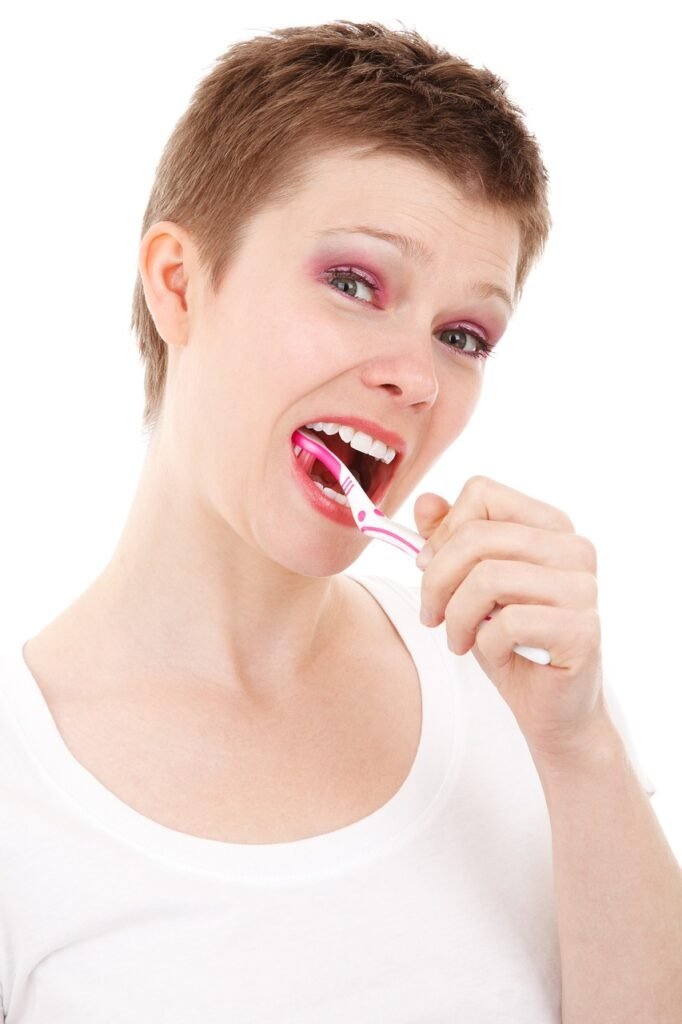
Another drawback is the potential for your toothbrush to spread the particles you dislodge with flossing.
When you floss before brushing, you remove the debris from between your teeth first, reducing the risk of spreading it around your mouth during brushing.
However, when you floss after brushing, there is a possibility that your toothbrush may redistribute some of the debris that you just removed, limiting the effectiveness of your overall oral care routine.
In summary, flossing after brushing has its own set of advantages and disadvantages.
It can enhance the benefits of toothpaste and provide a thorough clean, but it may not be as effective at dislodging debris and could potentially spread particles during brushing.
Ultimately, the choice between flossing before or after brushing should be based on your personal decision.
Expert Opinions and Research on Flossing Order
When it comes to the question of whether to floss before or after brushing, dental professionals have differing opinions.
Some believe that flossing before brushing is the way to go, while others argue for flossing after brushing.
So, what do the experts and research say about this debate?
According to a study published in the Journal of Clinical Periodontology, there is no significant difference in plaque removal between flossing before or after brushing.
The study found that both methods effectively removed plaque and reduced the risk of gum disease. This suggests that the order of flossing and brushing may not be as crucial as the consistency of these practices.
However, there are some experts who believe that flossing before brushing may have certain advantages.
Dr. Sally Cram, a spokesperson for the American Dental Association, suggests that flossing first can dislodge food particles and plaque, allowing the toothpaste to penetrate better during brushing.
This can lead to a more thorough cleaning and better overall oral health.
On the other hand, Dr. Chris Strandburg, a dentist and dental expert, argues that flossing after brushing may be more beneficial.
He explains that brushing first can help loosen plaque and debris, making it easier to remove with flossing.
Additionally, flossing after brushing allows you to address any areas that may have been missed during brushing, ensuring a more comprehensive clean.
Pay attention to how your mouth feels and how clean your teeth and gums are after each method. Experiment with both approaches and see which one works best for you.
Ultimately, the key takeaway is to prioritize consistency in your oral hygiene routine. Whether you choose to floss before or after brushing, the most important thing is to floss daily, brush twice a day, and maintain good overall oral hygiene practices. This, along with regular dental check-ups, will help ensure optimal oral health and a beautiful smile.
How to Choose What’s Best for Your Oral Health
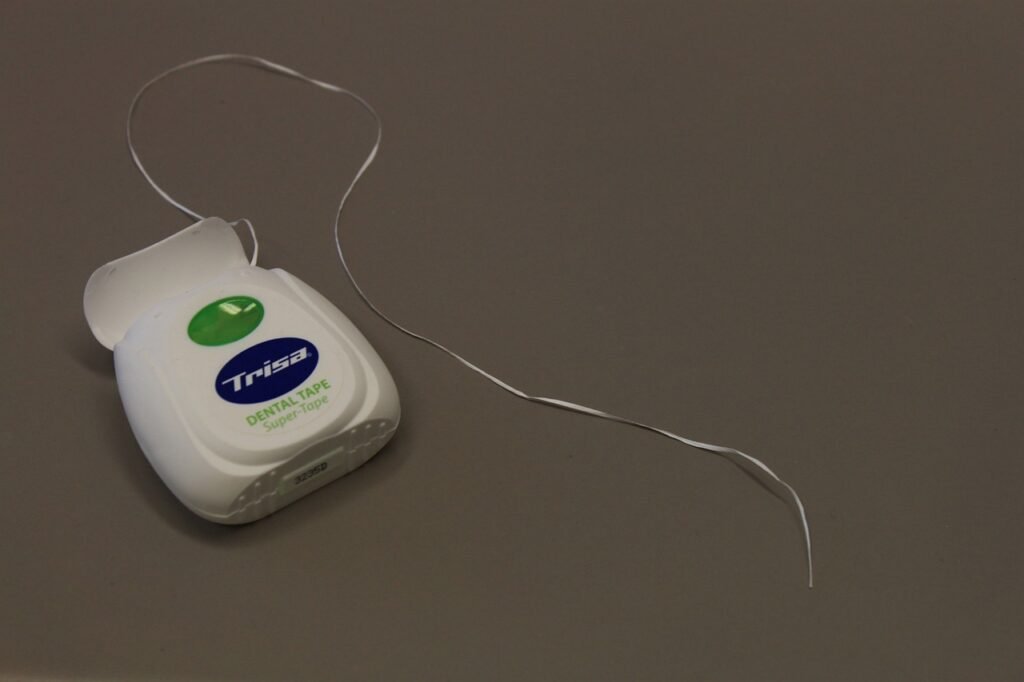
No One Size Fits All
When it comes to choosing whether to floss before or after brushing, the most important factor to consider is what works best for your individual oral health needs.
Consider Your Specific Needs and Concerns
To choose what’s best for your oral health, start by considering your specific needs and concerns.
Are you prone to plaque buildup?
Do you have any gum issues?
Are there any particular areas of your mouth that tend to accumulate more debris?
By identifying your oral health priorities, you can make a more informed decision on whether flossing before or after brushing would be most beneficial.
Type of Dental Floss
Next, take into account the type of dental floss you prefer to use.
Some people find that certain flossing techniques are easier or more effective when done before brushing, while others may find that a specific type of dental floss works better after brushing.
Experiment with different flossing techniques and products to see what works best for you and your unique dental situation.
Additionally, pay attention to how your mouth feels and how clean your teeth and gums are after each method.
Do you feel a significant difference in cleanliness or freshness when you floss before brushing versus after? Take note of how your mouth feels and make adjustments to your routine accordingly.
Ultimately, the most important aspect of choosing what’s best for your oral health is consistency.
Regardless of whether you choose to floss before or after brushing, the key is to make it a daily habit and to do it properly. Consistently practicing good oral hygiene, along with regular dental check-ups, will help ensure optimal oral health and a beautiful smile.
So, take the time to evaluate your individual needs, experiment with different techniques, and listen to your mouth’s feedback.
With a little trial and error, you’ll be able to determine whether flossing before or after brushing is the best approach for your oral health.
Remember, the ultimate goal is to establish a routine that you can stick to consistently, as that is the key to maintaining a healthy and beautiful smile.
Effective Flossing Techniques for Optimal Oral Health

When it comes to flossing, technique is just as important as the order in which you do it.
To ensure optimal oral health, it’s essential to practice effective flossing techniques:
1. Use the right amount of floss: Start with about 18 inches of floss, wrapping most of it around your middle fingers. Leave about an inch or two to work with.
2. Hold the floss securely between your thumbs and index fingers, and use a gentle back-and-forth motion to guide it between your teeth. Avoid snapping or forcing the floss to prevent injury to your gums.
3. Curve the floss around each tooth: Gently curve the floss around the base of each tooth, forming a C shape. Slide the floss up and down along the side of each tooth, reaching just below the gumline. Repeat this process for every tooth, using a clean section of floss for each space.
4. Be thorough but gentle: It’s important to be thorough in your flossing technique, but also gentle to avoid irritating your gums. Take your time and be sure to floss both sides of each tooth.
5. Rinse your mouth after flossing: After flossing, rinse your mouth thoroughly with water or mouthwash to remove any leftover debris. This can help freshen your breath and ensure a clean feeling in your mouth.
By incorporating these effective flossing techniques into your daily routine, you can achieve optimal oral health and maintain a beautiful smile.
Related Articles:
Air Fryer Hot Dogs: A New Take on an Old Favorite
Cup of Goodness: Finding the Best Green Tea for Your Health
As an Amazon Associate, I earn commission from qualifying purchases.
